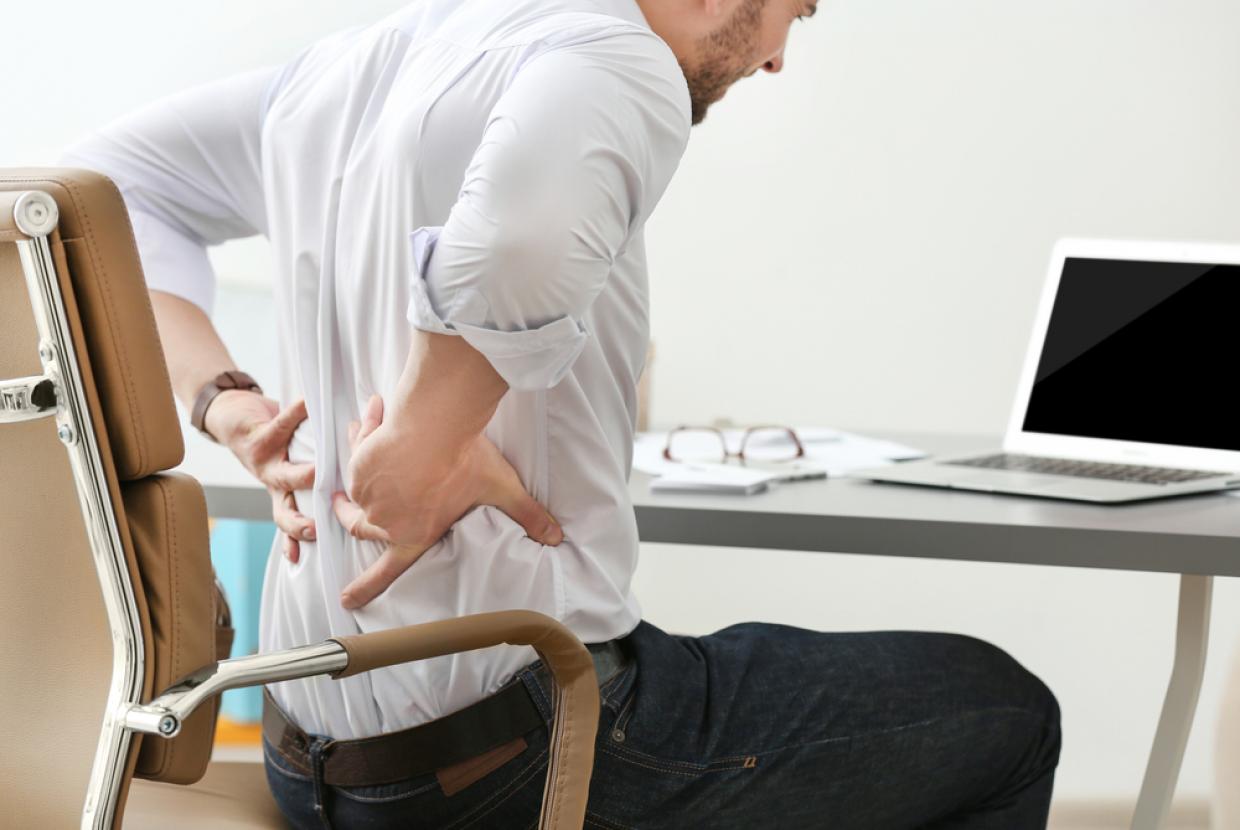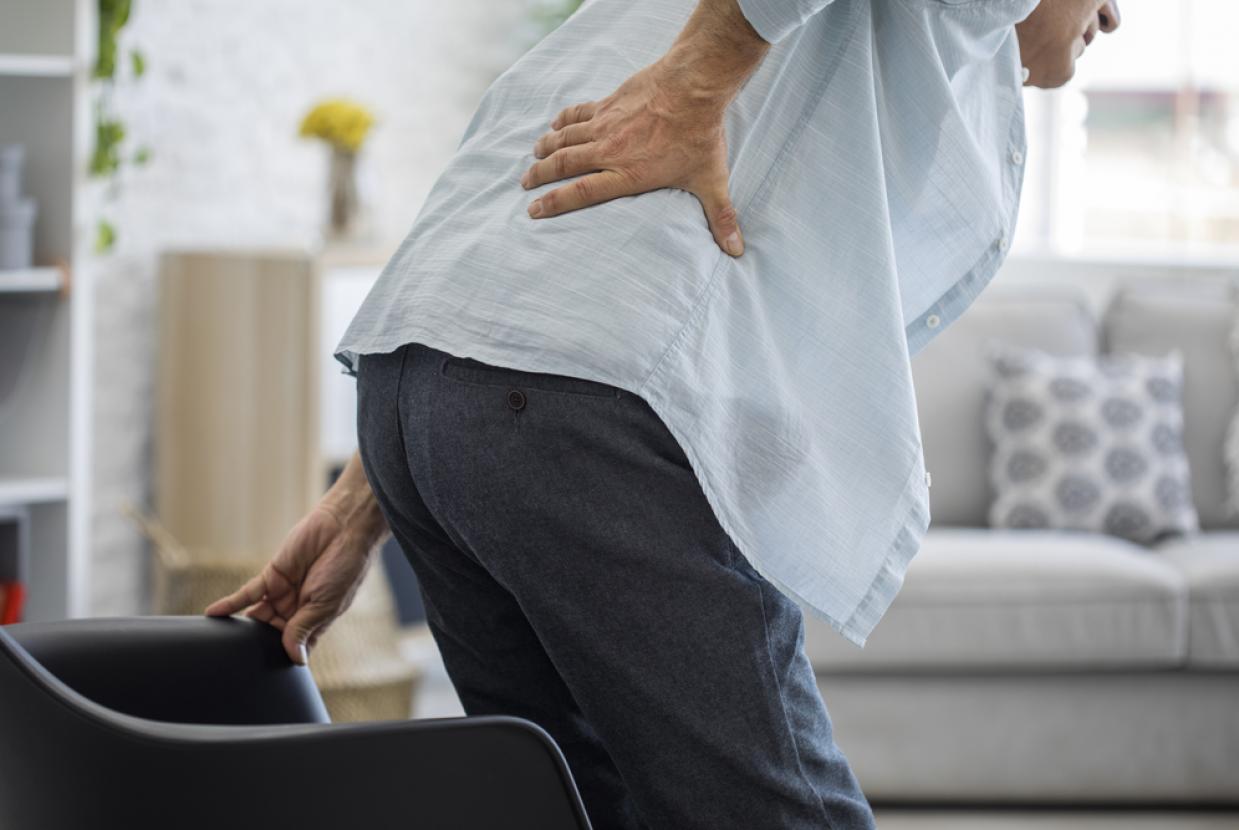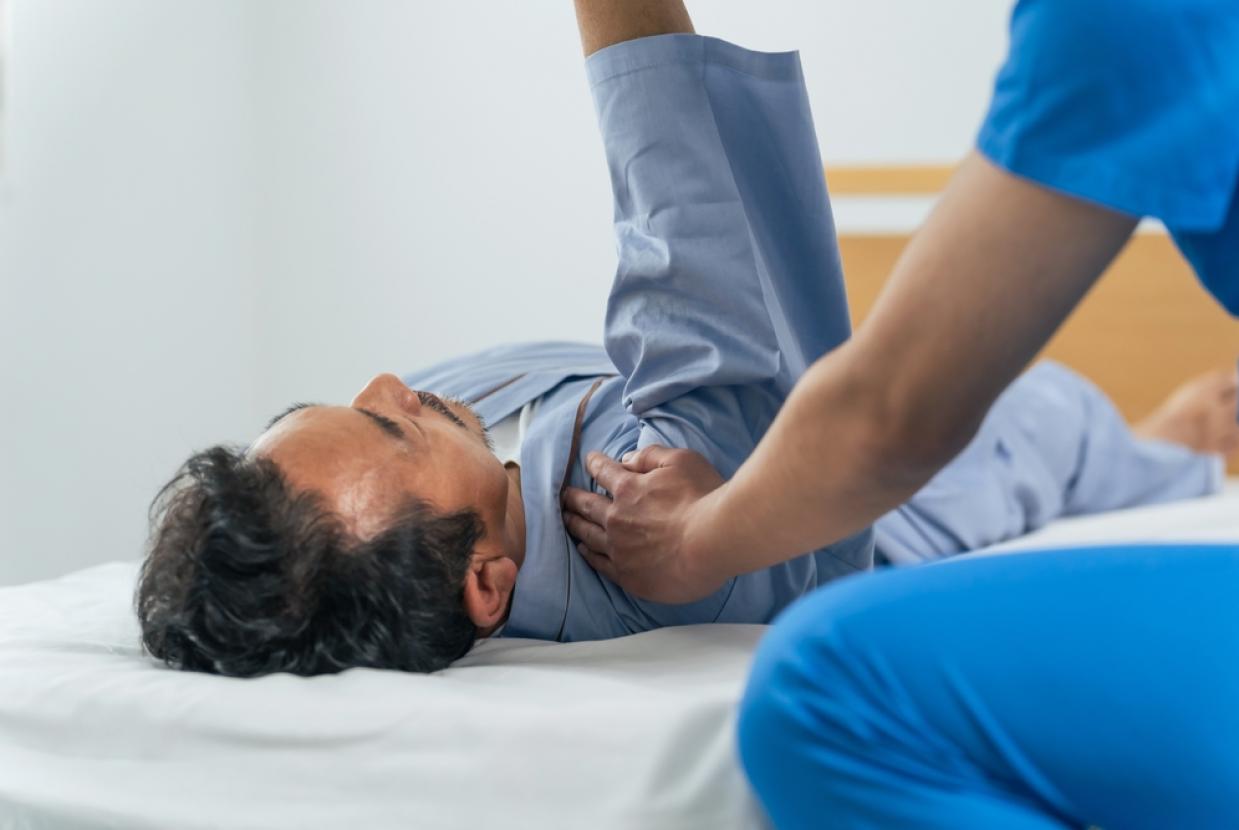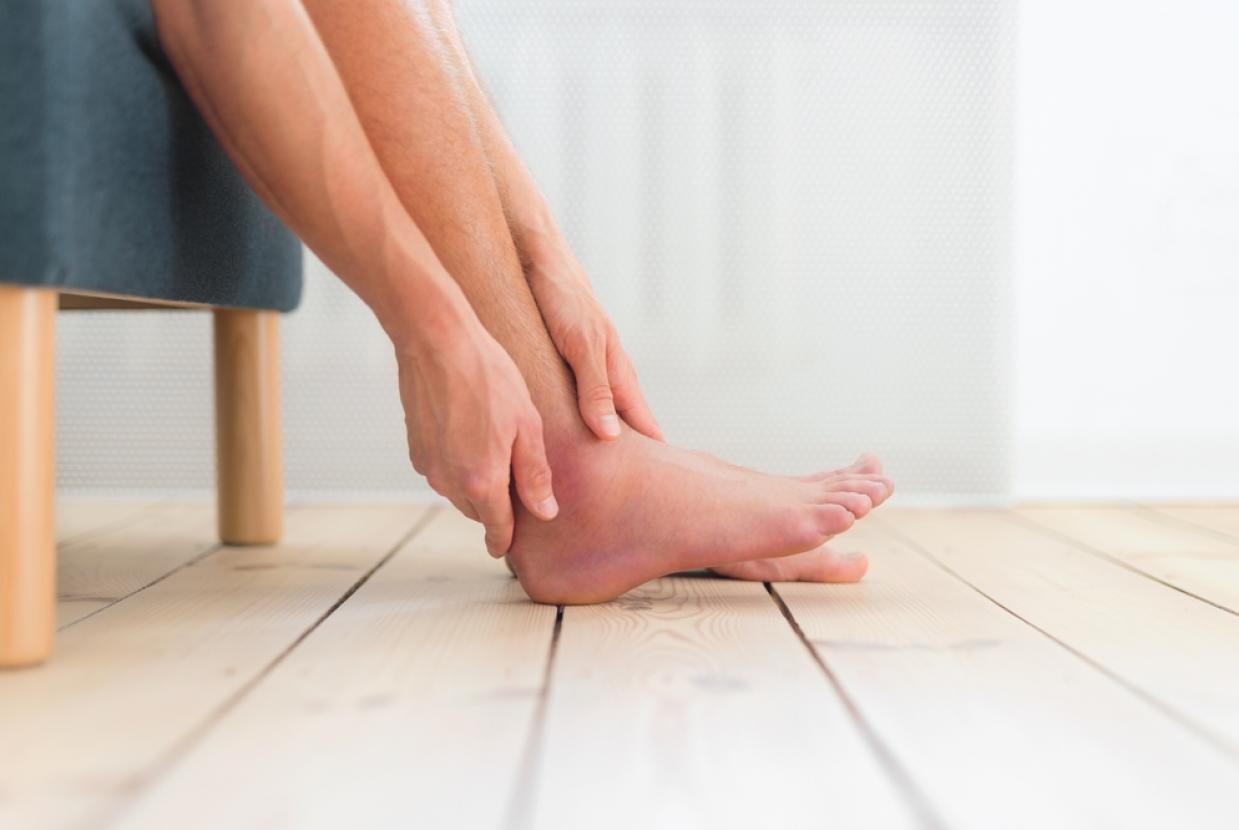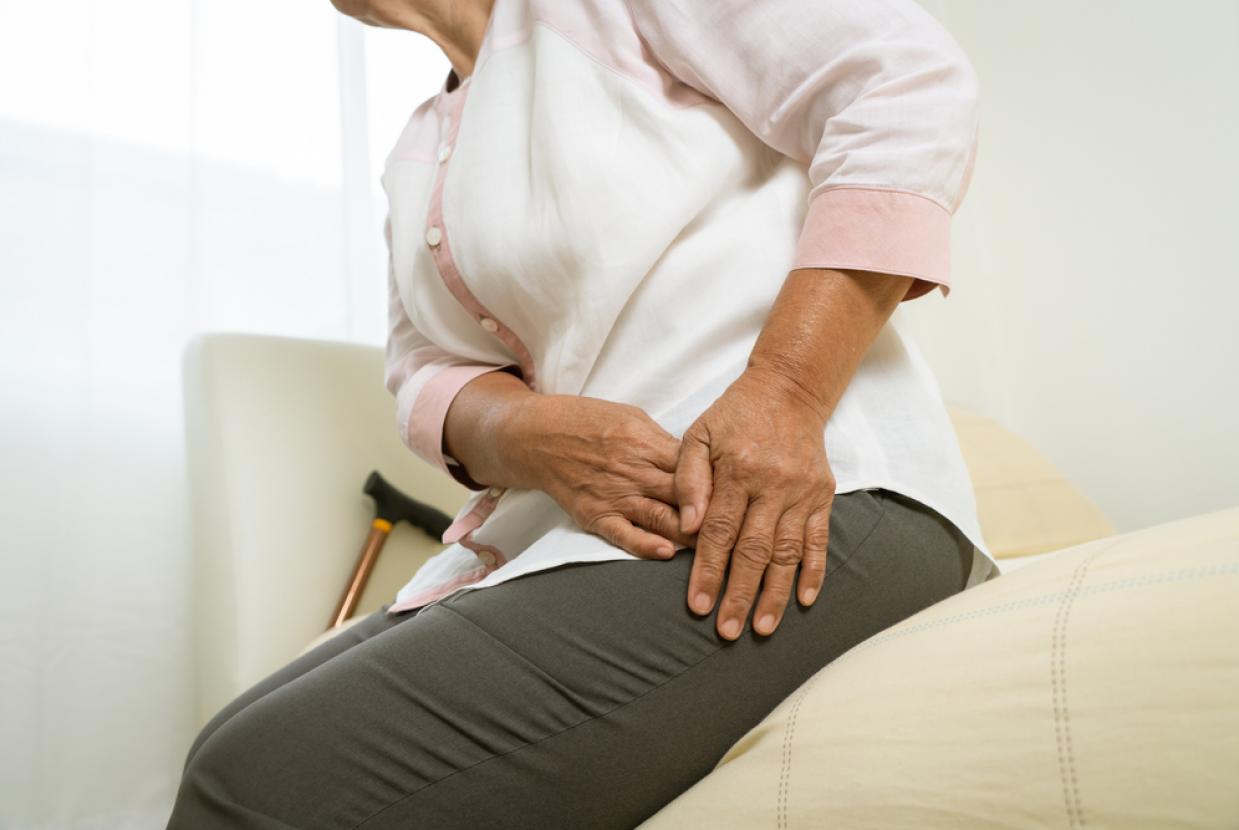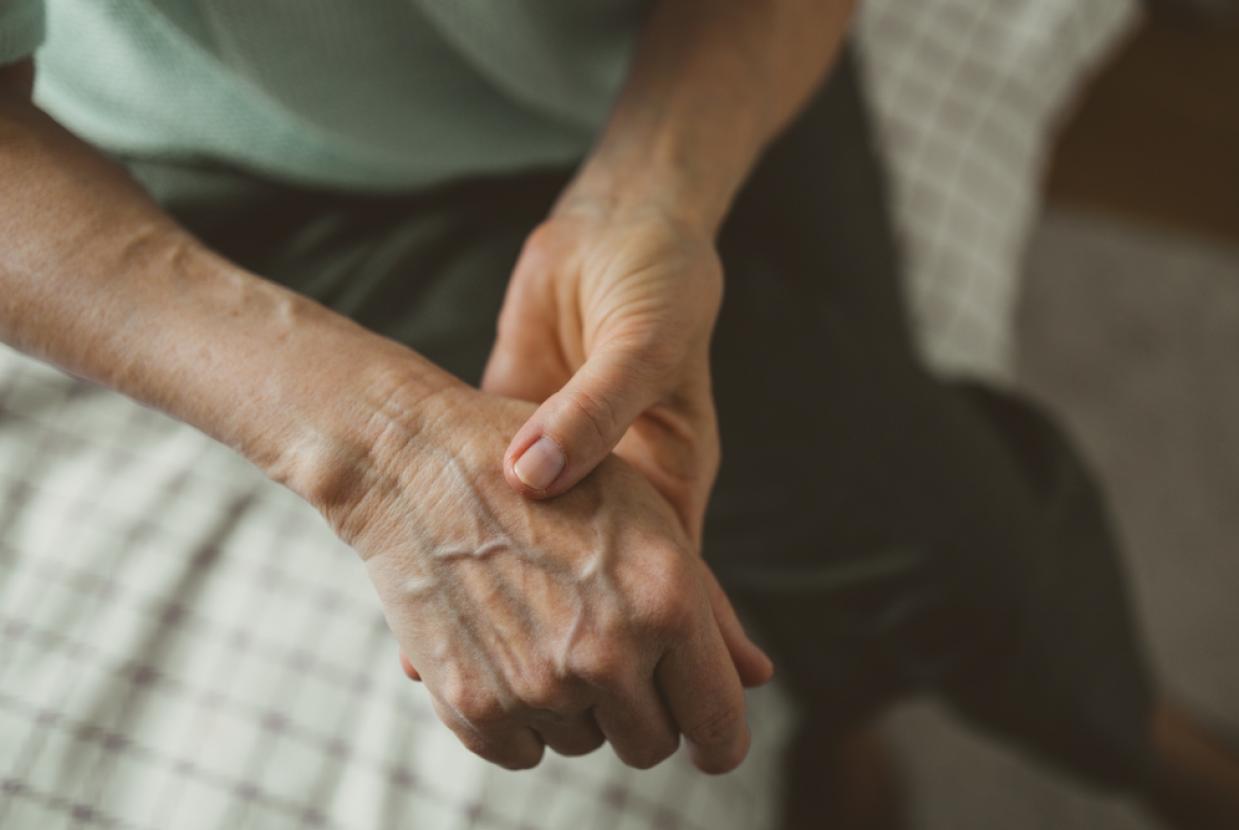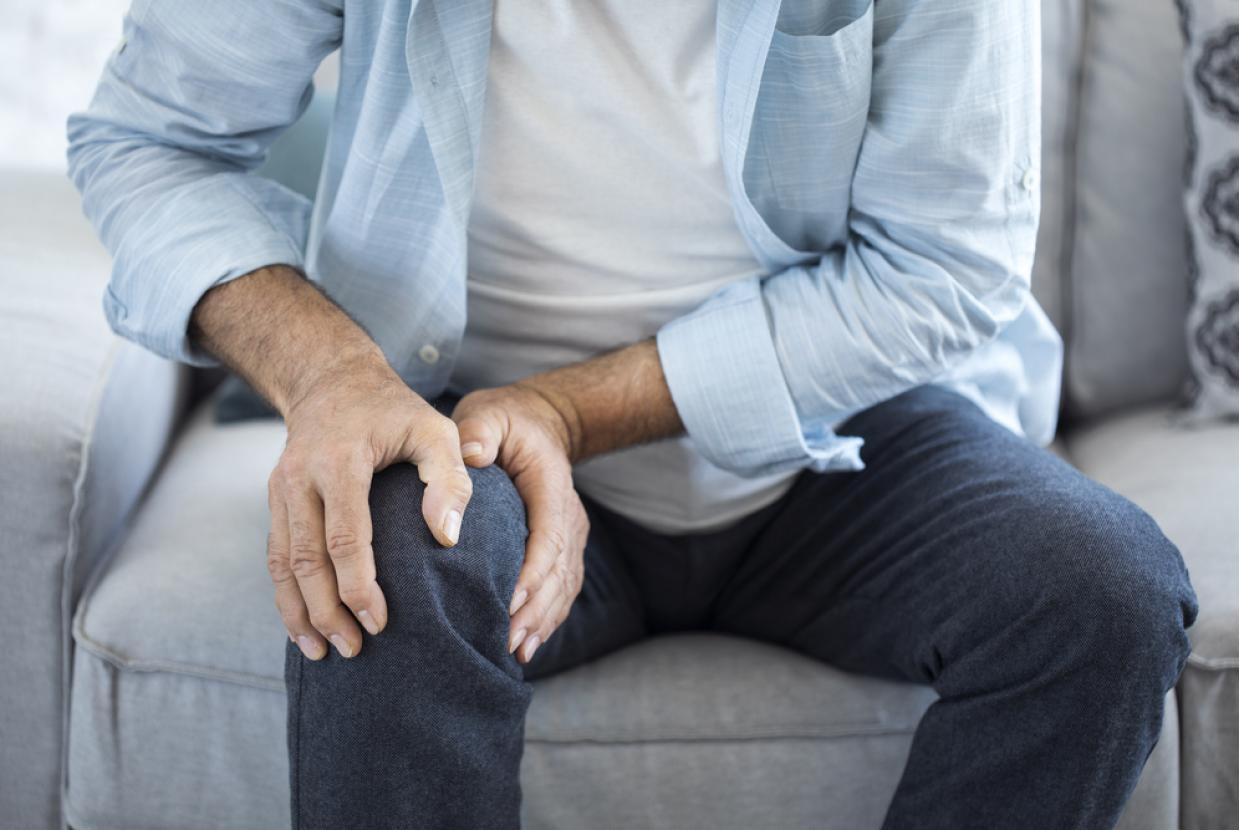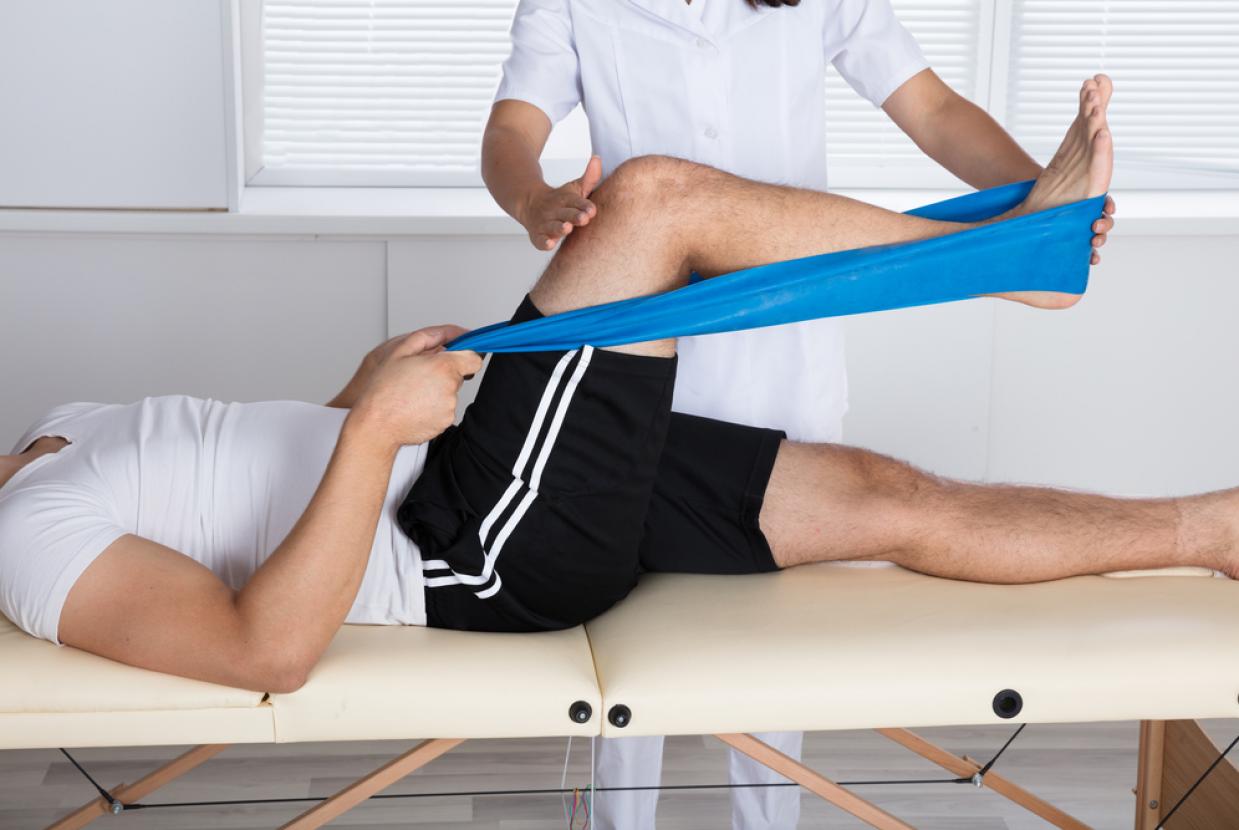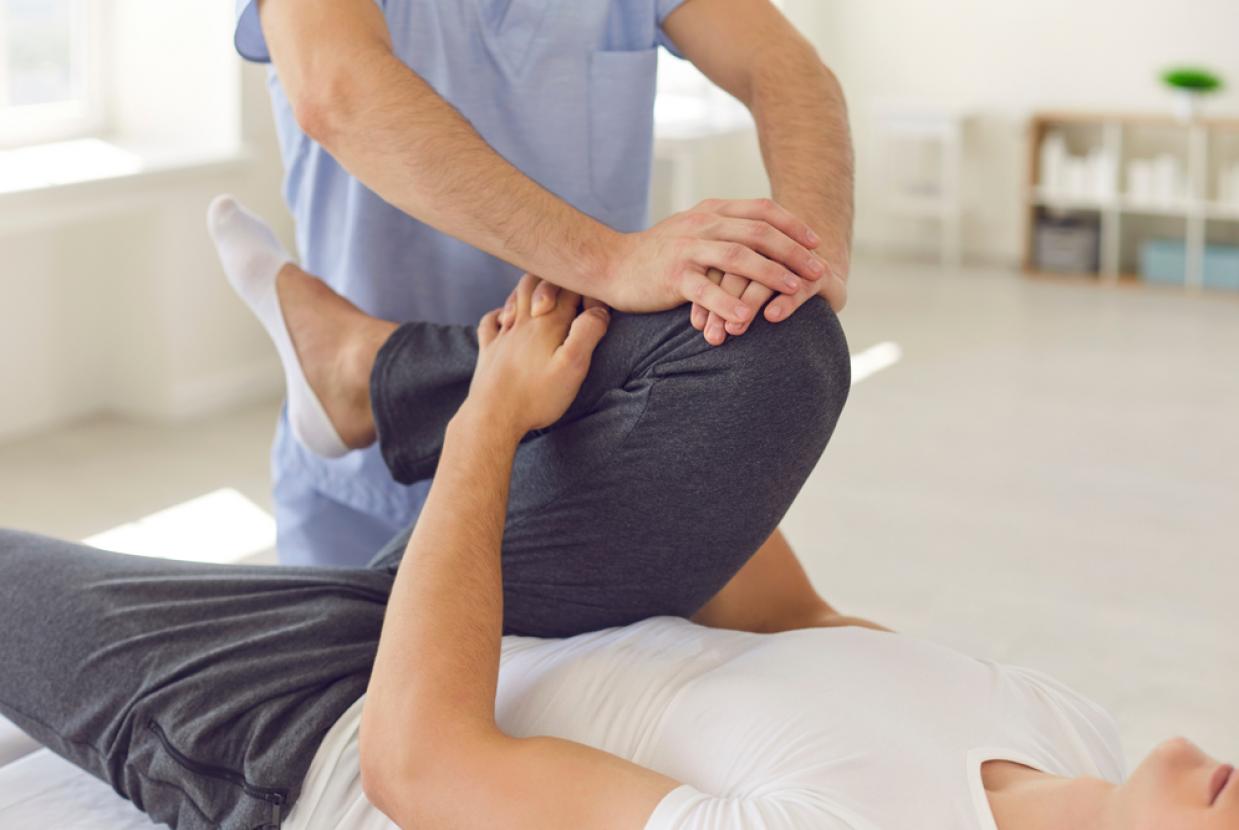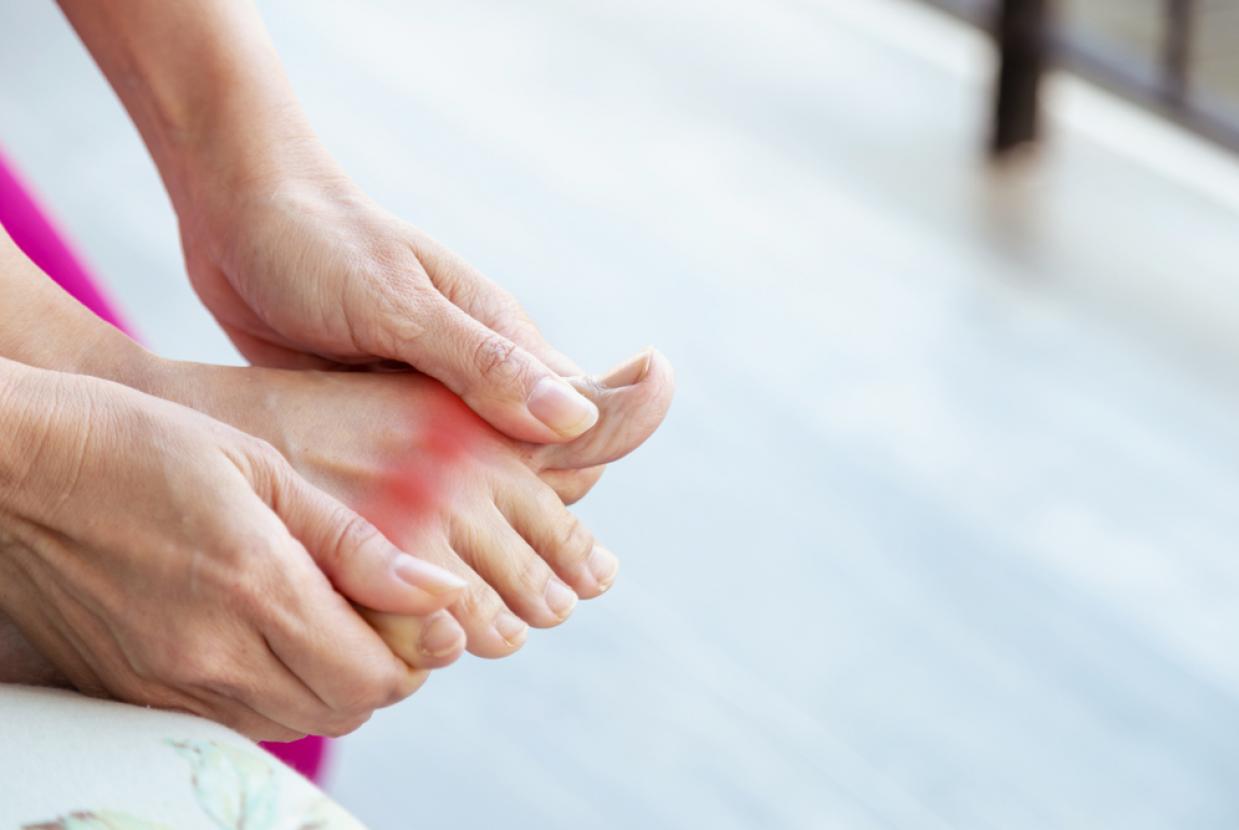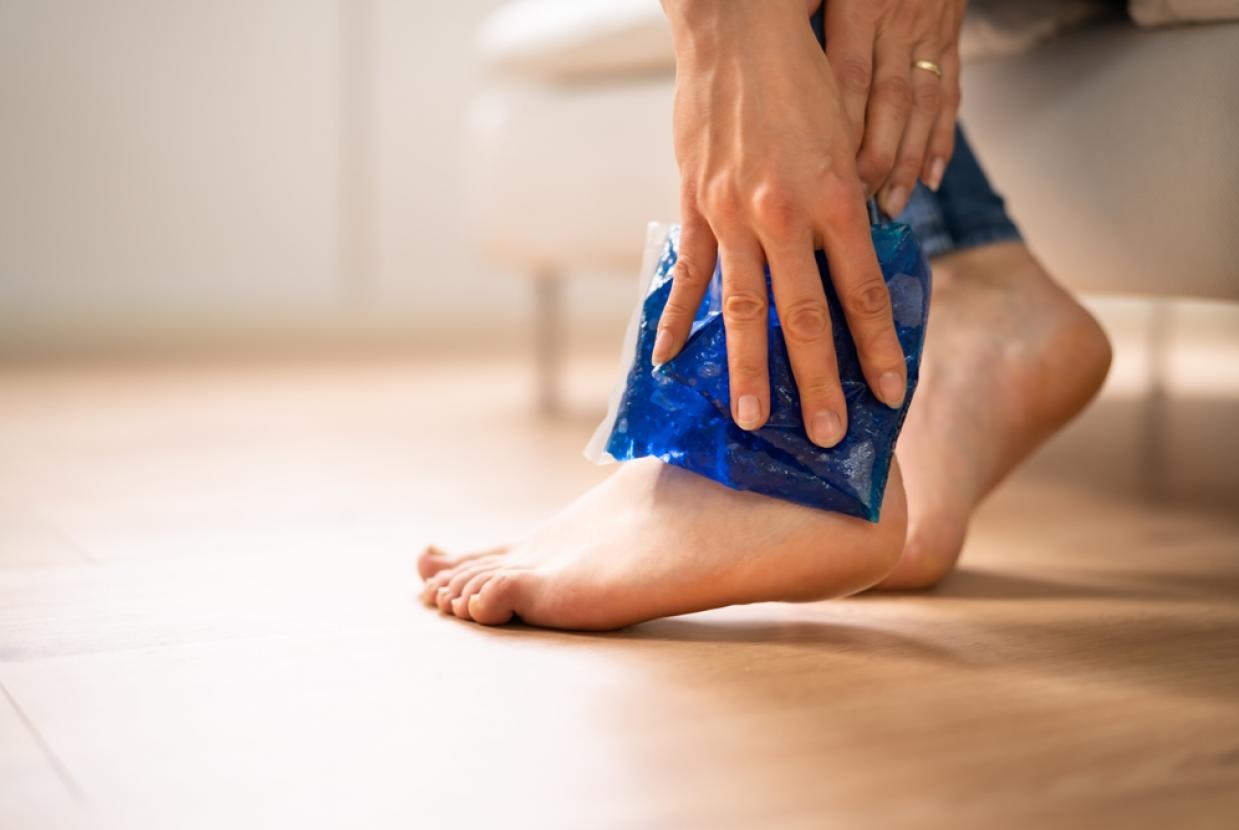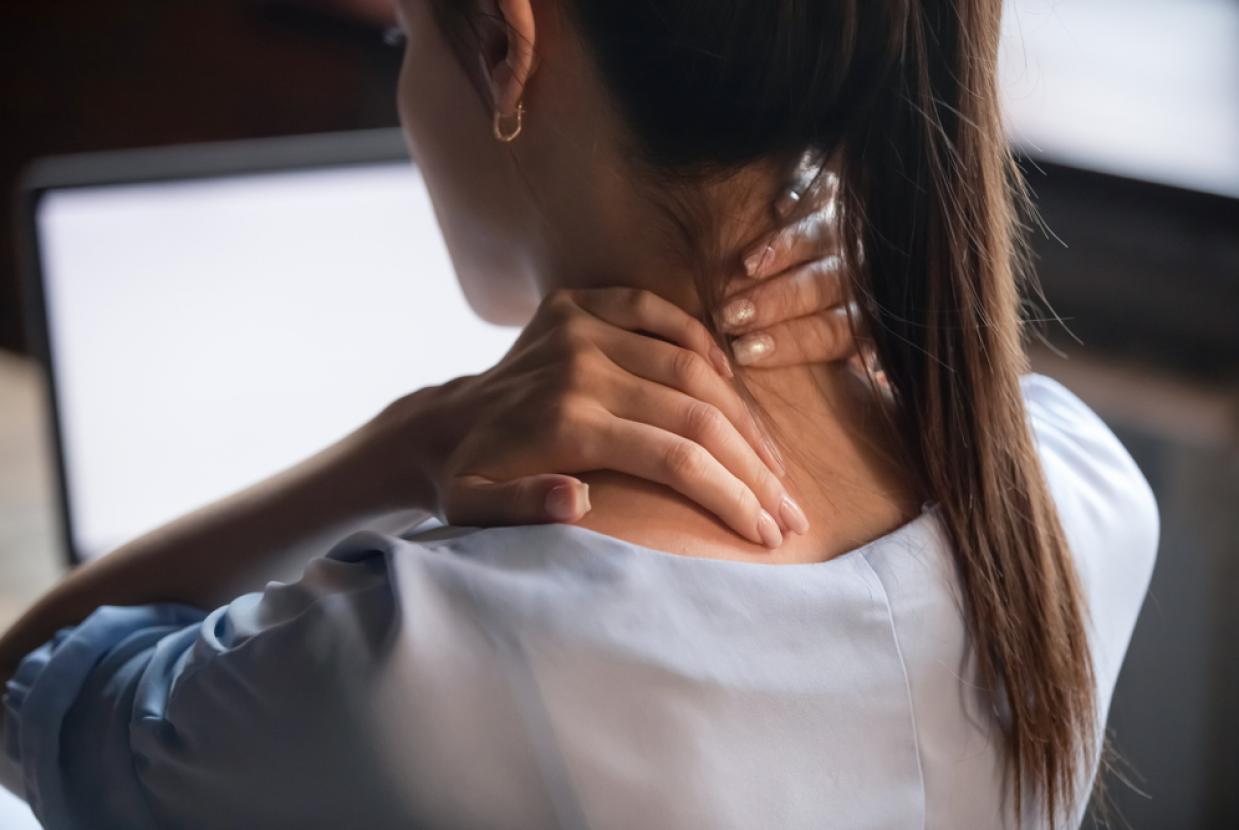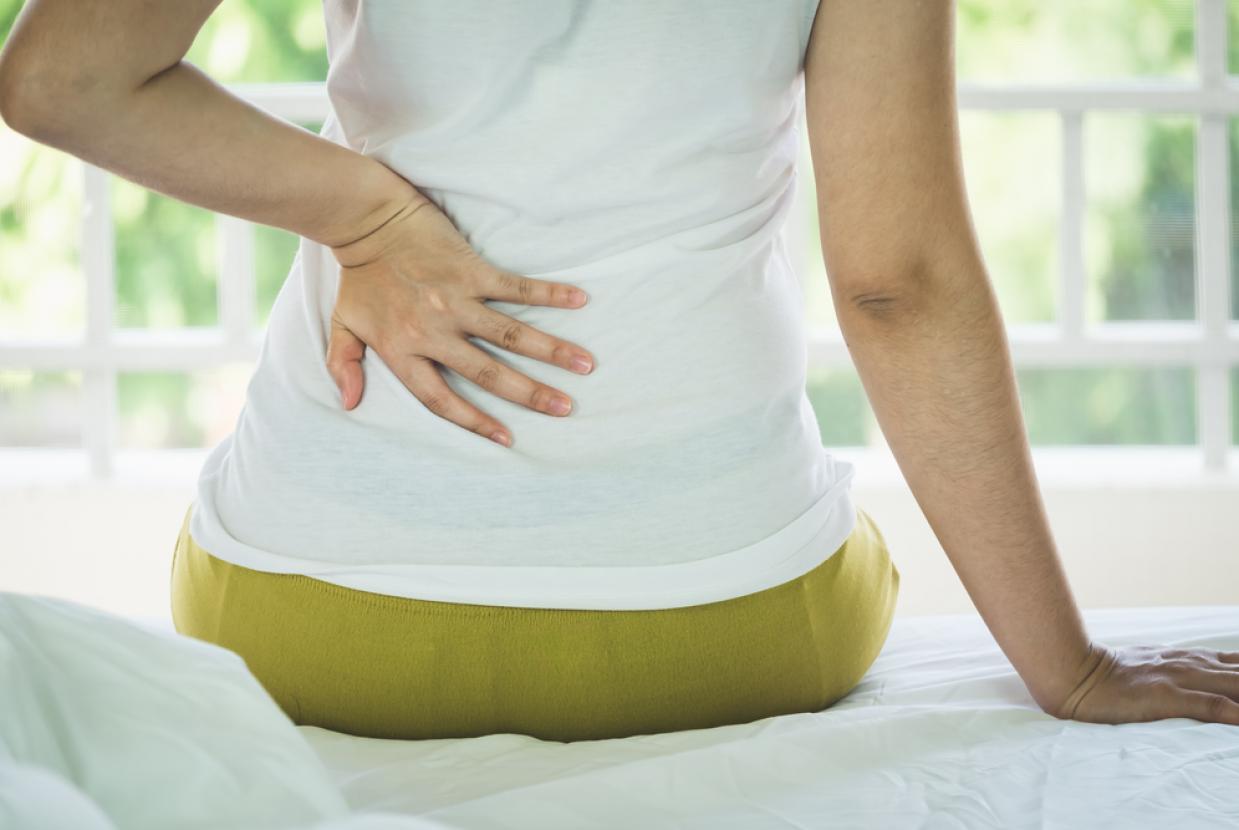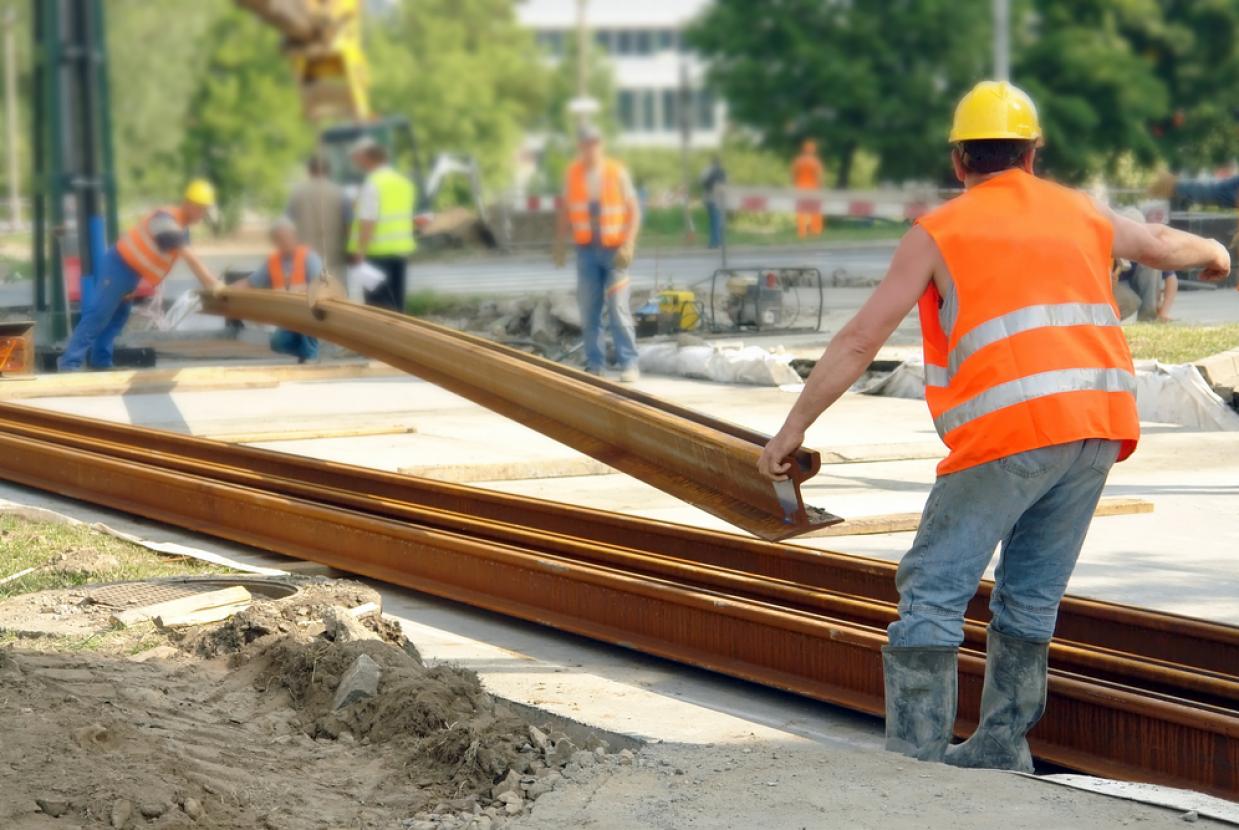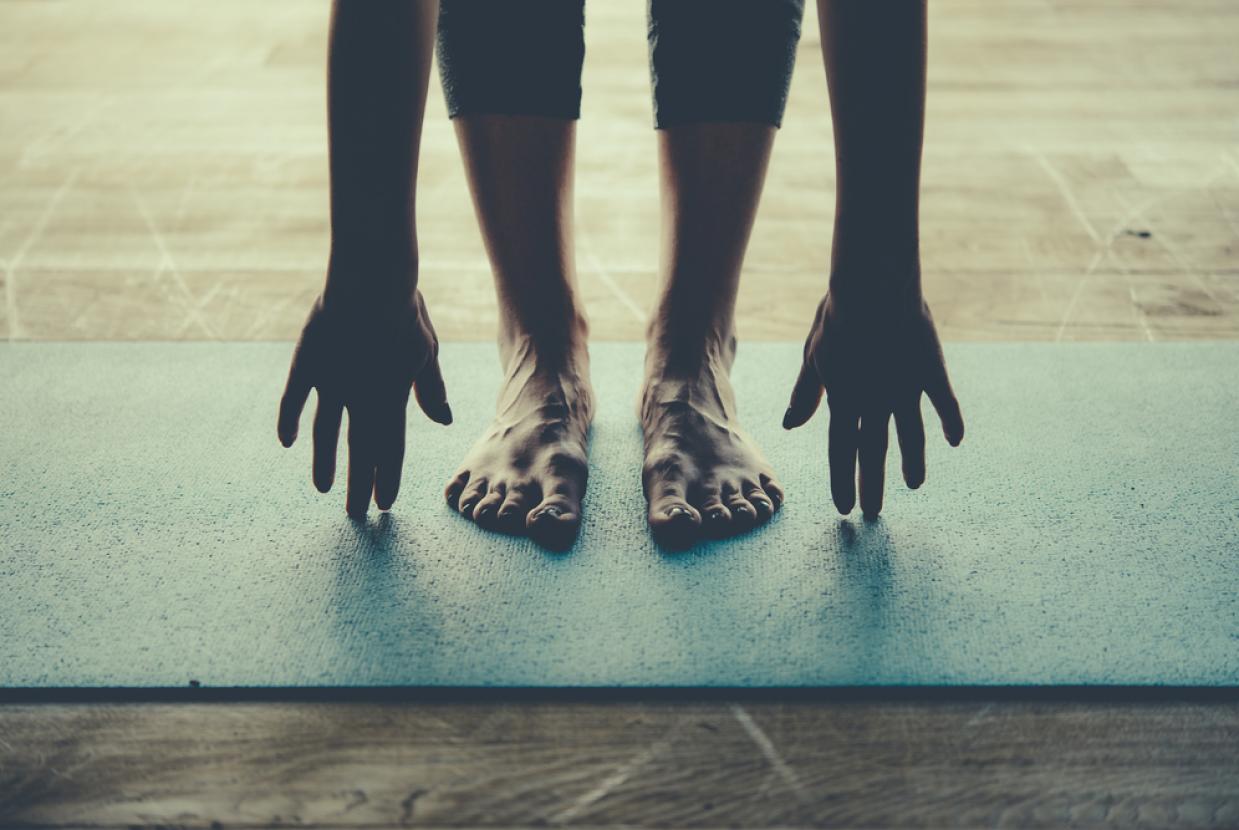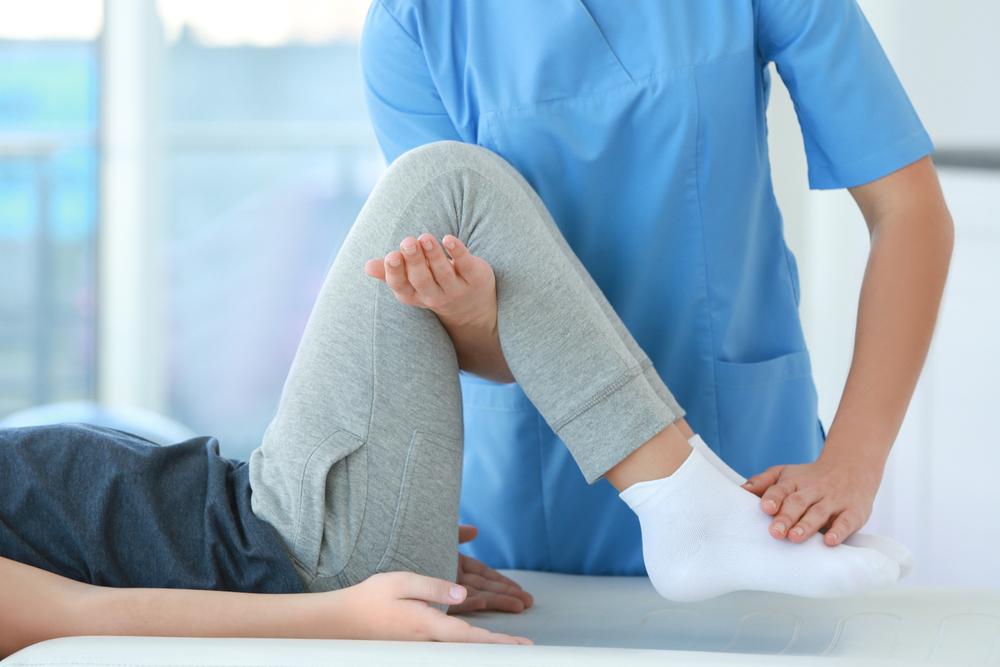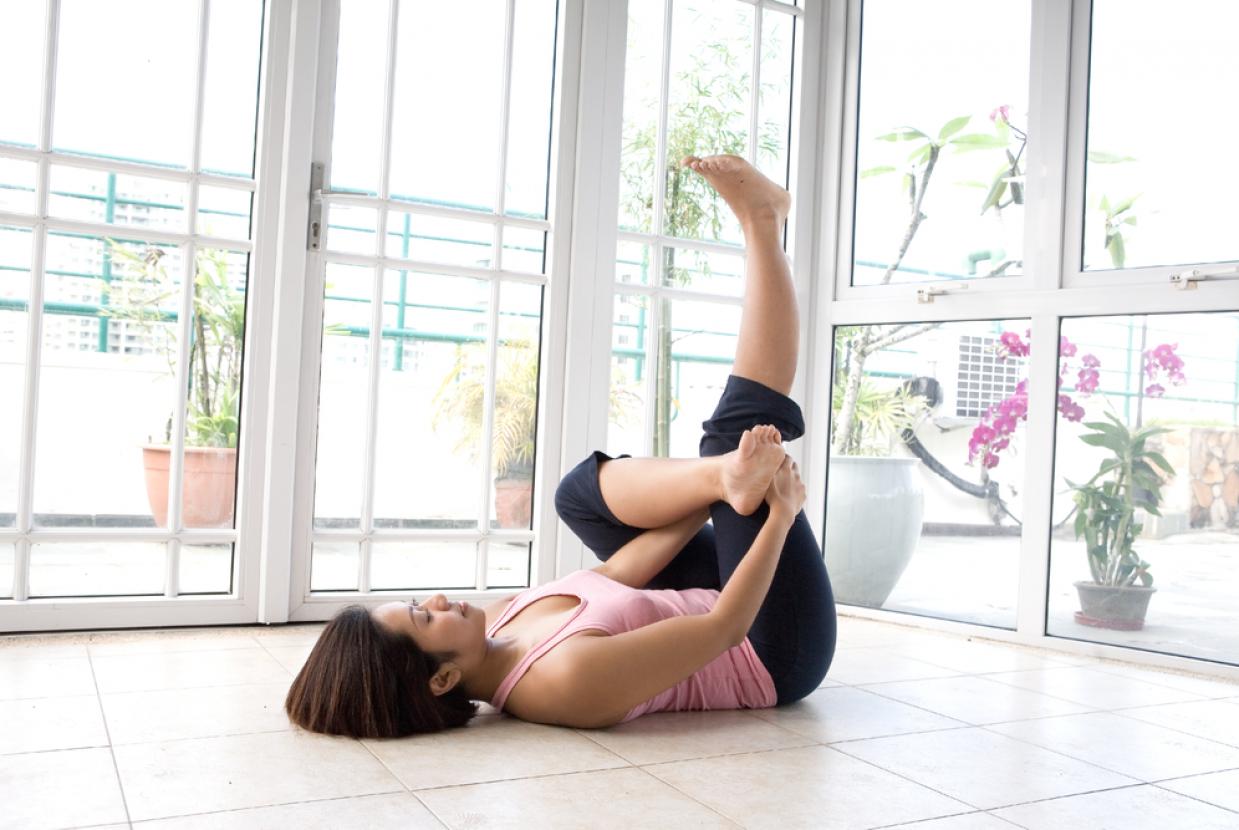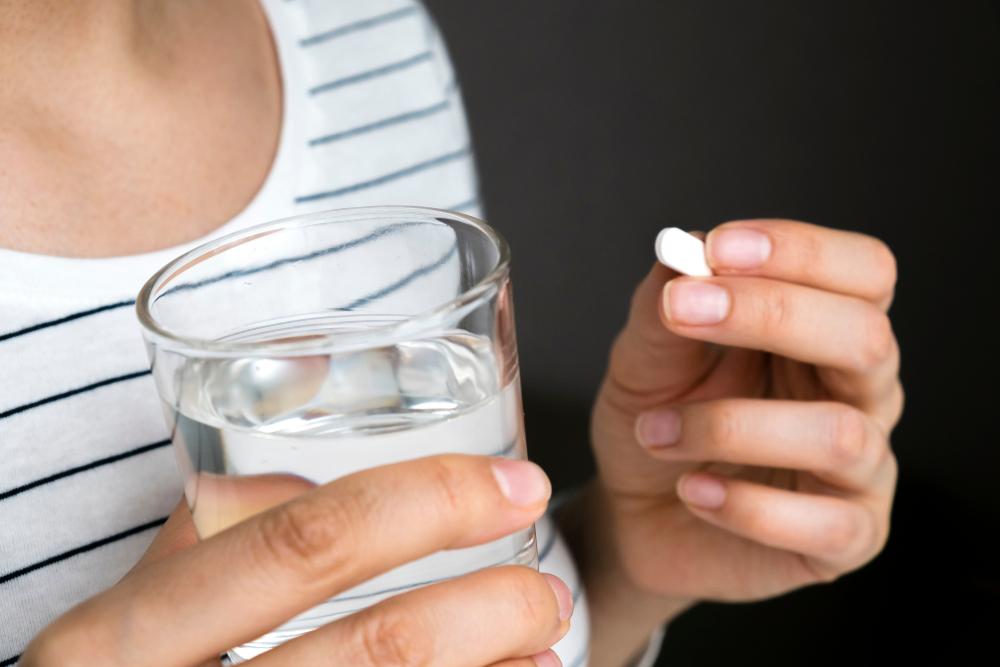Causes & Symptoms
It’s still not clear exactly what causes osteoarthritis. We do know it isn’t simply ‘wear and tear’ and that your risk of developing osteoarthritis depends on a number of factors:
Age
Osteoarthritis usually starts from the late 40s onwards. This may be due to bodily changes that come with ageing, such as weakening muscles, weight gain, and the body becoming less able to heal itself effectively.
Gender
For most joints, osteoarthritis is more common and more severe in women.
Obesity
Being overweight is an important factor in causing osteoarthritis, especially in weight-bearing joints such as the knee and the hip.
Joint injury
A major injury or operation on a joint may lead to osteoarthritis in that joint later in life. Normal activity and exercise don’t cause osteoarthritis, but very hard, repetitive activity or physically demanding jobs can increase your risk.
Joint abnormalities
If you were born with abnormalities or developed them in childhood, it can lead to earlier and more severe osteoarthritis than usual.
Genetic factors
The genes we inherit can affect the likelihood of getting osteoarthritis at the hand, knee or hip. Some very rare forms of osteoarthritis are linked to mutations of single genes that affect a protein called collagen. This can cause osteoarthritis to develop in many joints at an earlier age than usual.
Symptoms
The main symptoms of osteoarthritis are pain and sometimes stiffness in the affected joints. The pain tends to be worse when you move the joint or at the end of the day. Your joints may feel stiff after rest, but this usually wears off fairly quickly once you get moving. Symptoms may vary for no obvious reason. Or you may find that your symptoms vary depending on what you’re doing.
The affected joint may sometimes be swollen. The swelling may be:
- hard and knobbly, especially in the finger joints, caused by the growth of extra bone
- soft, caused by thickening of the joint lining and extra fluid inside the joint capsule.
The joint may not move as freely or as far as normal, and it may make grating or crackling sounds as you move it. This is called crepitus. Sometimes the muscles around the joint may look thin or wasted. The joint may give way at times because your muscles have weakened or because the joint structure has become less stable.








